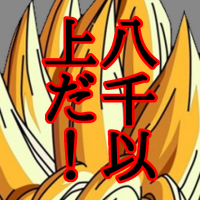Difference between "kio" and "kion"
viết bởi randalljking, Ngày 26 tháng 7 năm 2014
Tin nhắn: 4
Nội dung: English
randalljking (Xem thông tin cá nhân) 03:50:18 Ngày 26 tháng 7 năm 2014
nornen (Xem thông tin cá nhân) 04:13:24 Ngày 26 tháng 7 năm 2014
randalljking:I am rather new to learning Esperanto, and I am having trouble understanding the difference between kio and kion. If anyone could help me, I would greatly appreciate it.The -n in kio'n, as well as in nouns (lingvon, esperon, Esperanton), expresses the accusative.
The accusative is used to mark the direct object.
Also English has direct objects.
Maybe this can help: http://www.grammar-monster.com/glossary/direct_obj...
Welcome to Guatemala, btw.
sudanglo (Xem thông tin cá nhân) 11:52:47 Ngày 26 tháng 7 năm 2014
Kion faras tiu homo? - what is that man doing/making? (the man is doing something)
So answer the question and see whether the thing in question comes before the verb in English or after.
sergejm (Xem thông tin cá nhân) 13:37:04 Ngày 26 tháng 7 năm 2014
Imagine, that the answer is alive or multiple. If it is him, her, them, me or us use 'kion?'. If the answer is he, she, they, I or we, use 'kio?'. Unfortunately, answer 'it' will be same in both cases.
But note, if preposition is used, don't use -n, e.g. 'al kio?' 'al ili' 'to them'. If direction or place is asked, the common use is 'kie(n)?' 'where?', not 'en kio(n)?' 'in(to) what?'.
Choose 'kien?' if answer is 'into it' and 'kie?' if answer is 'in it'

